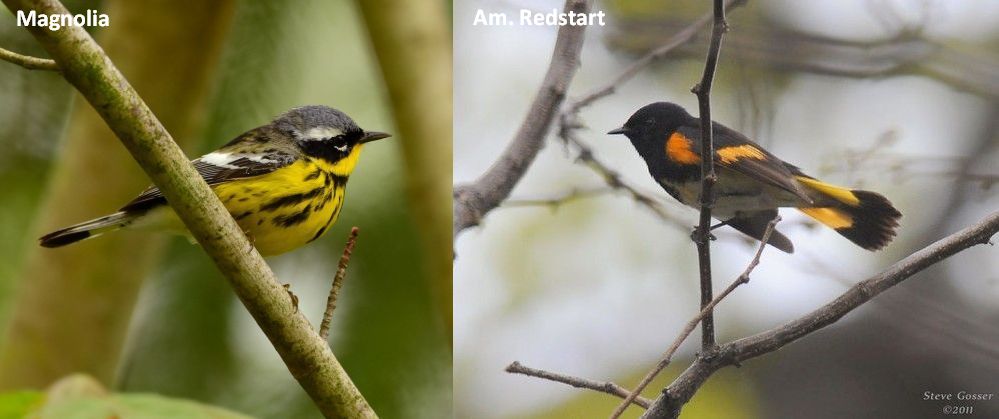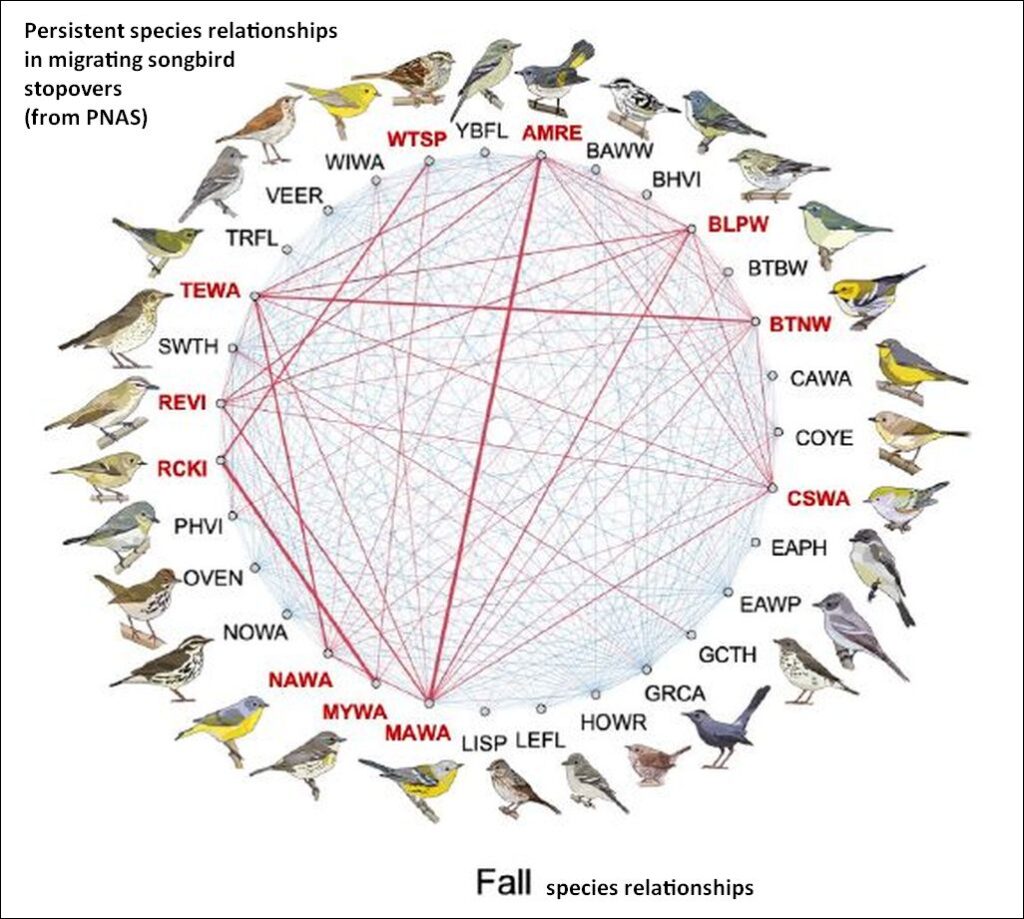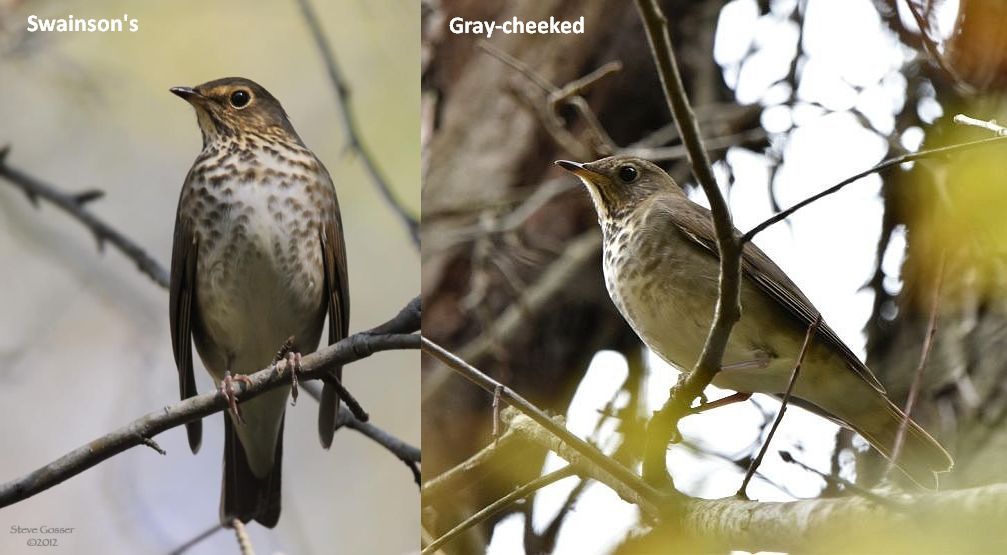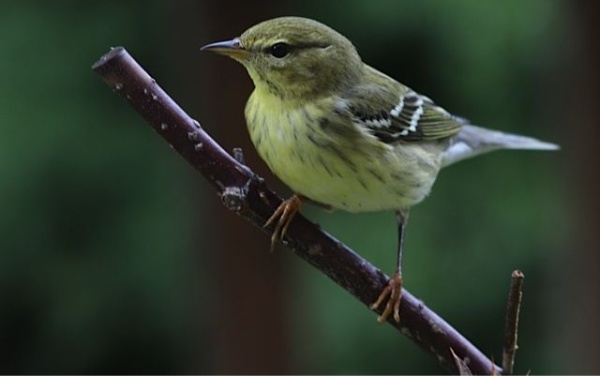
23 September 2024
This month warblers and thrushes are making long journeys from North America to Central and South America. Every week there’s a new cohort of species and some species pass through at the same time.
Lately I’ve noticed that when I find lots of American redstarts there are also many magnolia warblers. When I find Tennessee warblers there are often Nashville and black-throated green warblers as well.

Bird banders wondered about this phenomenon, too, so five banding stations including Powdermill Avian Research Center gathered 20+ years of banding data for a long term study of spring and fall migration. They grouped the banding data by season, by mist net and the date-time each bird was captured, and by species. When they examined which species were found together patterns emerged, published in their study Persistent species relationships characterize migrating bird communities across stopover sites and seasons.
Two species captured in the same net at the same time, over and over for a period of 20 years, indicates they are feeding together at stopover sites and are likely traveling together, too.
The study’s chart of fall migrants shows that American redstarts (AMRE) and magnolia warblers (MAWA) are often found together during fall migration (the thick red line). So are Tennessee warblers (TEWA), Nashville warblers (NAWA) and black-throated green warblers (BTNW). [See chart of 4-letter bird banding codes used in the diagram.]

There’s even a correlation among thrushes. Notice the faint line between Swainson’s thrushes (SWTH) and gray-cheeked thrushes (GCTH), above.

This fall I noticed that while many Swainson’s thrushes are traveling through southwestern Pennsylvania I’ve also seen a sprinkling of gray-checked thrushes. The line on the chart is probably faint because gray-cheeked thrushes are far less numerous than Swainson’s.
So who does this blackpoll warbler travel with? His traveling buddy is not on the chart but I can guess.

I’ll bet he travels with bay-breasted warblers. Can you say baypoll?
Read about the study in Audubon Magazine: A New Study Reveals Migration Isn’t a Solo Affair—It’s the Social Event of the Season.
See the full study in PNAS: Persistent species relationships characterize migrating bird communities across stopover sites and seasons.
That is so cool